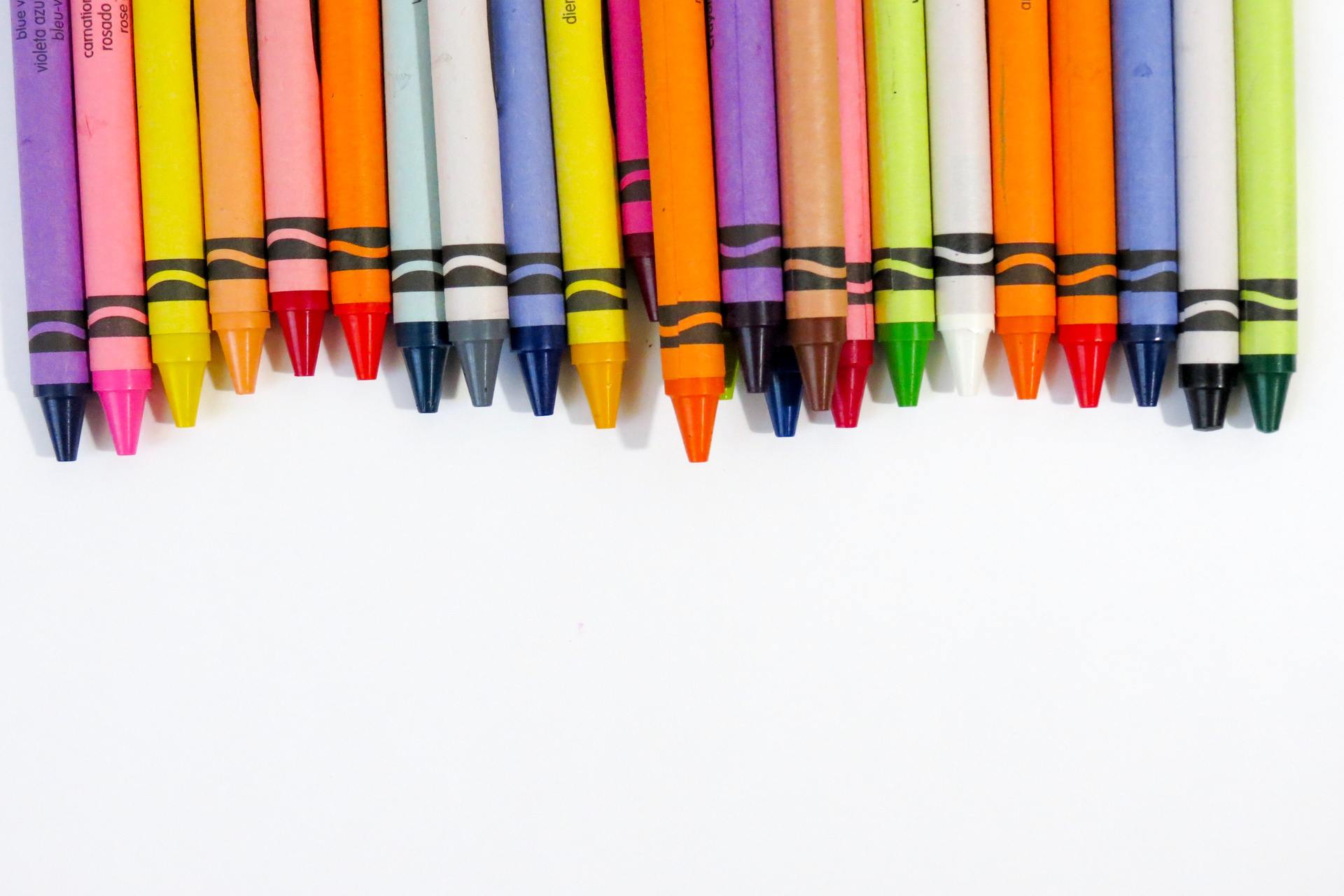Family Life
3 min Read
Ask Dr. Marla: Crayon-Chewing in Toddlers

November 2, 2007
Family Life
3 min Read

November 2, 2007

My three-year-old daughter loves to colour but she chews the crayons or breaks the markers every time I give them to her. She destroys other things like the TV remote and other toys as well. I’m worried there’s something wrong with her. Is this normal for a three-year-old?
Let’s first address the issue of eating the crayons. For example, in 2000, the Consumer Product Safety Commission’s test results on Crayola crayons showed no specific causes for alarm about the crayons. However, at that time, in two of the Crayola crayons tested, a trace amount of asbestos that was considered scientifically insignificant was found.
That amount was more than 30 times lower than the level the U.S. Environmental Protection Agency (EPA) set to define as an asbestos-containing material and is far lower than the level of asbestos that is allowed in drinking water.
Crayola does not use talc in any of their crayons. According to Crayola, the main ingredients in their crayons are paraffin – similar to candle wax – and pigments of different colours. All Crayola products, including crayons, have been certified nontoxic by an independent toxicologist and comply with government standards for children’s products and toys. They are labelled with the Approved Product (AP) seal of the Art and Craft Materials Institute, designations of non-toxicity and product quality. As a general caution, when buying any children’s products, check that they carry a seal of approval before you buy.
Despite the reassurance of safety in the material, it is not acceptable that she chews the crayons or destroys objects. Part of her behaviour may be a tantrum. Both boys and girls have tantrums, usually between the ages of one and three. Tantrums can be a normal event and part of the developing child. They can be a manifestation of frustration, attention-seeking behaviour, fear, anxiety or the inability to get something. Sometimes it is a way for a child to learn or gain independence.
If the situation is always the same and only is about the crayons and markers, perhaps it is your toddler’s way of communicating frustration with the task at hand. Give your toddler positive attention and reward the positive behaviour or the work accomplished and the ability not to eat or throw the objects.
Set the stage clearly using your words about what your expectations are. If the behaviour cannot be stopped by using your words, then you might have to keep the objects off limits and out of sight and reach until she can use the object appropriately.
It is important that you stay calm and in control when managing these situations. You are the example of appropriate behaviour. Discuss the situation with your doctor if you are unsure about what your response and management should be. If the tantrums increase in frequency or duration, seek the guidance of a professional. As well, if your child is destructive, I also would recommend getting professional guidance.
Published in Winter 2007